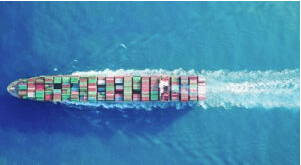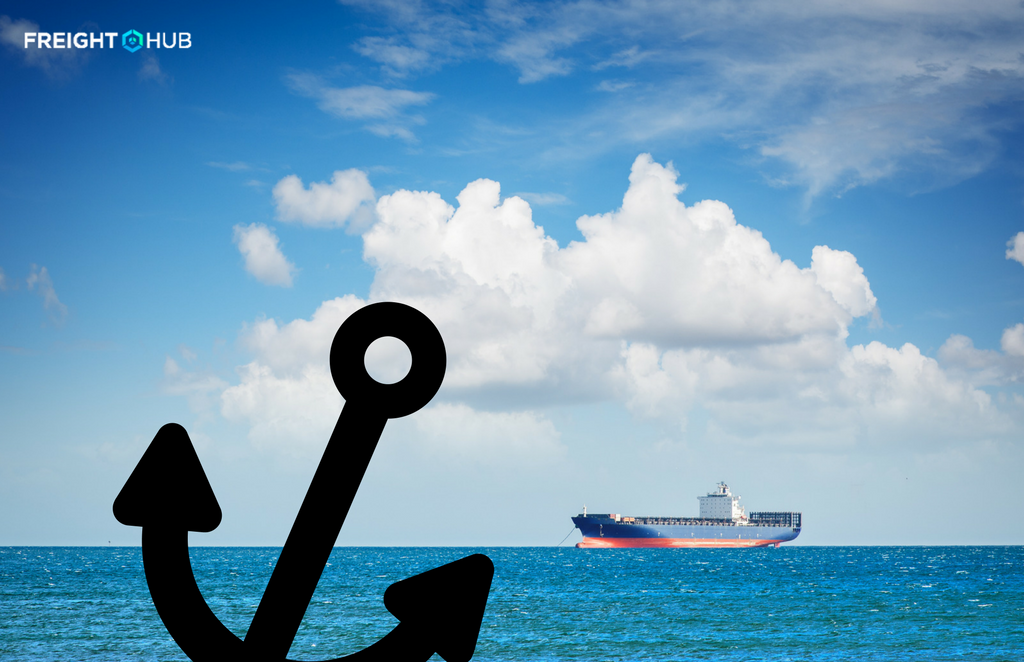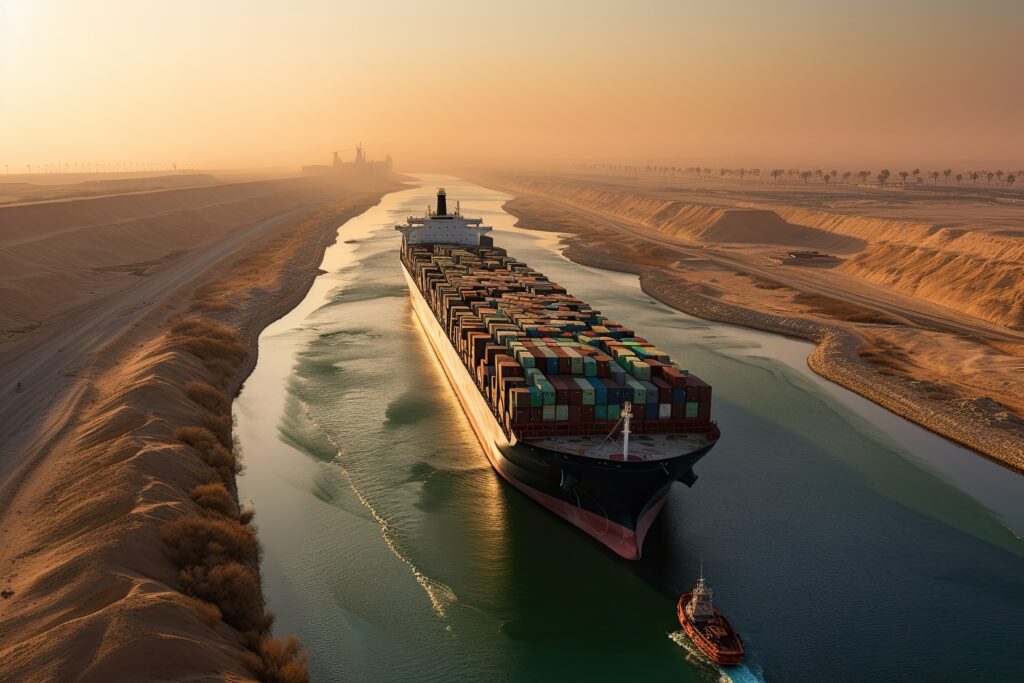-
Continued state of cargo ship overcapacity in spite of scrapping
-
Current idle fleet of ships makes it the 4th largest fleet in the world
-
Experts predict status to continue past 2017
One of the definitions of capacity is “the maximum amount that something can contain or carry”. If we consider the case of shipping, we look at capacity in the sense of supply vs demand.
If supply is more than demand, then it is termed as “overcapacity” and if supply is less than demand then it is termed “undercapacity”.
So, What is the Current State of Shipping Capacity?
By all accounts, shipping is in a state of enormous overcapacity, especially in the container trade. As per UNCTAD’s Review of Maritime Transport 2016, the world fleet grew by 3.5 percent in terms of Dead Weight Tons (DWT) from 1st Jan 2015 to 1st Jan 2016 leading to a situation of continued global overcapacity with the emphasis on “continued”.
Drewry reported that the number of idle containerships increased from 238 vessels with a combined capacity of about 900,000 TEU in November 2015 to 435 ships in November 2016 accounting for around 1.7 million TEUs. This equates to around 9% of the global container fleet now idling.
If one looks at this number through another dimension and match it against Alphaliner Top 100 operated fleets, this “idle fleet” of 435 ships may be considered the 4th largest fleet in the world after Maersk, MSC and CMA-CGM.

These idles ships account for around 9% of the global container vessel fleet. This increase is attributed to the widening overcapacity in global container shipping sector and in particular due to the surplus capacity caused in the Panamax ship sizes (4000-5000 TEUs) caused by the widening of the Panama Canal in June 2016.
On the container fleet side, a record 500,000 twenty-foot-equivalent (TEUs) were to be scrapped by the end of 2016 with more than 1.5 million TEUs idling which totals an estimated 2 million TEUs (roughly 10% of the global fleet).
But even with these scrapped and idling container numbers, the container supply is far above the global demand and will remain so at least till 2018 according to maritime analysts, among them Alphaliner’s Tan Hua Joo.
As per Joo, even if the scrapping rate were to continue at the current level, in 2017, the growth in supply will only come down from 6 percent to 5 percent.
Is There any Specific Market Where the Overcapacity is Prevalent?
A slowdown in global economic growth coupled with slow recovery in Europe and lack of growth in container throughput in China has resulted in slow growth in world trade creating overcapacity in almost all of the world’s trade lanes.
Although 2016 saw a growth in demand of around 1.4% in the key trade lane of Asia to Europe, the aggressive introduction of the mega-ships for the available trade volumes has impacted freight earnings.
This, coupled with the projected lower global economic growth in 2016-2017 could put a damper on the demand growth in this high capacity trade lane.
Methods such as slow steaming and idling as part of freight rate improvement strategies are being practiced by many lines possibly till there is a market to support the extra capacity in all the key trade lanes.
But operating at overcapacity in spite of lack of growth in trade volumes is certain to bring down capacity utilization and resultant profitability. This creates a situation whereby carriers are unable to raise freight rates to profit-making levels as this overcapacity also frustrates their efforts at GRI (General Rate Increase).
Could the Freight Capacity Situation Get Worse?
As per the Drewry report, over 60% of the idle capacity are ships that are less than 10 years old. Many of the old vessels have already been scrapped, not idle.
The other owners that have ships idling need to assess whether there will a demand for chartering out their ships or they should just scrap it and get out while they still have a chance.
As per BIMCO’s market analysis, in 2017, many carriers will feel the effects of the annual transpacific contract freight rates negotiated between the customers and the carriers. The rate levels have been said to reflect the poor spot market rate during the negotiation period giving the shippers an advantage over the carriers not seen since 2009.
As a countermeasure, however, carriers seem to be succeeding in keeping at least the spot rates high, ostensibly in anticipation and preparation of annual contract negotiations.
Some people in the industry have also expressed views that new alliances could potentially enable tougher negotiation from the side of the carriers as a means of increasing industry consolidation akin to an OPEC type situation.
Added to this, if the hype and buzz around a new mode of transportation, the first China to UK freight train is anything to go by, it could make the situation worse for ocean freight carriage especially in the Asia-Europe trade lane.
A total of 44×40’ containers left from Yiwu in China to UK on a freight train running via Kazakhstan, Russia, Belarus, Poland, Germany, Belgium and France.
The concern for sea freight should be that this journey was made in 18 days as compared to around 42-45 days by sea.
The successful launch of this trading route could alter trading patterns within this key market as it provides customers an excellent option for time-sensitive commodities such as clothing, automotive parts and electronics.
Conclusion
According to a Boston Consulting Group analysis, the growth in container shipping demand will trail the rise in container volume in coming years, leading the overcapacity in the shipping industry to significantly worsen even perhaps double.
As per this analysis, the excess capacity of 1.4 million twenty-foot-equivalent units in 2015 is expected to grow to between 2 million TEUs and 3.3 million TEUs, by the end of 2020. Industry capacity will be between 8.2 percent and 13.8 percent larger than demand by the end of 2020, compared with the 7 percent excess of supply over demand in 2015.
The recommendation as per BCG’s report titled “Sailing in Strong Winds — The New Normal in Global Trade and Container Shipping.” is that in the near future, the carriers will have to use more sophisticated strategies for boosting their performance through a combination of M&A [merger and acquisitions] deals aimed at driving down costs and unlock greater synergies from their alliances.
Find Out More
Keep up with the latest supply chain news by following us on Twitter and LinkedIn. In addition, be sure to sign up for our weekly newsletter.









